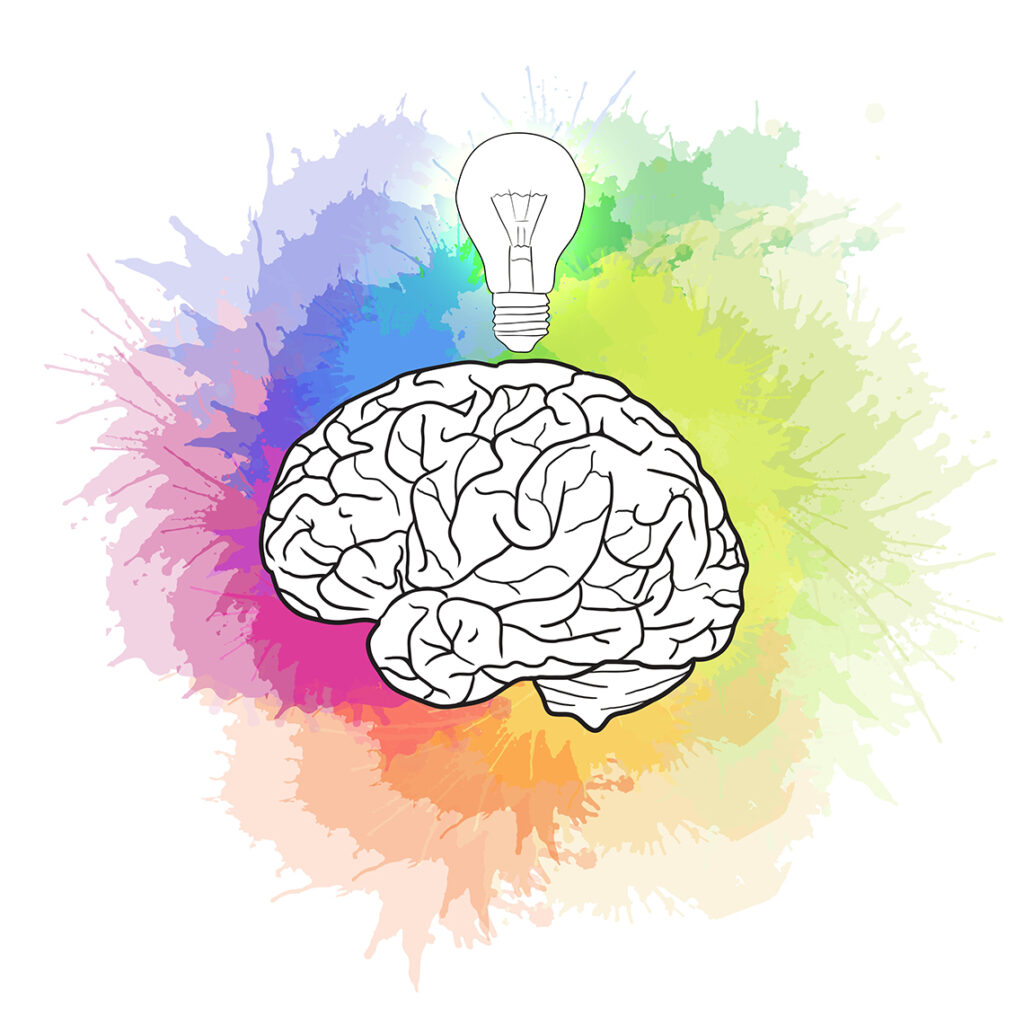Dr. Kate Truitt explains to a follower how trauma can exist in both the brain and the body, and how they are inextricably linked, especially when it comes to trauma.
Dr. Kate Truitt explains to a follower how trauma can exist in both the brain and the body, and how they are inextricably linked, especially when it comes to trauma.
In this video, Dr. Kate Truitt explains how Behavior Chain Analysis can help us understand what is happening when and how we get pushed outside of what is known as our “Resilient Zone,” to help us get back to homeostasis.
A follower wants to learn more about how her trauma could be related to her autoimmune disorder. She didn’t realize before that there could be a connection.
One of the most heartbreaking experiences of living with chronic conditions is the feeling that we can’t trust our own bodies. Dr. Kate explains how this feeling can make matters worse, both physically and emotionally.
Dr. Kate explains that when we have physical pain, our brain is also encoding all of the sensory elements related to the experience of that pain. Migraines are presented as an example.
In this video, Dr. Kate explains the long-term effects of trauma on the body, and outlines some of the opportunities for treatment.
Sometimes when we think about pain we can actually bring on the experience. Dr. Kate explains how this happens in the mind and the body.
A follower asks whether there is a scientific explanation for deep emotional trauma or stress presenting as back, neck and hip pain. Dr. Kate replies that there definitely is and provides the science behind these experiences.
By Dr. Kate Truitt
The brain does not exist without the body and the body does not exist without the brain. And trauma exists in both. In 2014, trauma researcher Bessel van der Kolk wrote a wonderful book titled, “The Body Keeps the Score.” It explored the role of the links among the brain, mind, and body in healing trauma.

I was reminded of his work when I recently received a question on my TikTok channel that I also often get from patients: Is there a scientific explanation for a connection between deep emotional trauma and stress and physical pain and discomfort such as migraines, gastrointestinal disturbance, back pain, and more?
The answer is there most definitely is. Our emotional and physical health and well-being are intricately connected. Our emotions and our physiology are undeniably entwined. Anything that impacts our body will impact our mind and vice-versa.
Think about a time when you have felt nervous or anxious. Nervousness and anxiety are words used to describe an entire mind and body experience—butterflies in the chest or shallow breathing, sweaty palms, and more. Similarly, in the midst of a scary or traumatic experience your body takes a guarded position—you scrunch your shoulders inward, you clench your jaw, your stomach tightens, your muscles tense and you feel your heart speed up. You may feel tingly or short of breath. That is because the same area in your brain that processes your emotional responses is responsible for processing the physical responses as well.
That means you should be able to take a Tylenol to get relief from heartache just like you do for a headache, right? Well, apparently you can. In one study on social rejection, researchers gave half of the subjects acetaminophen and half a placebo. Those who received that active ingredient in Tylenol found that it helped reduce the pain of social rejection—relieving the heartache caused by heartbreak. A concurrent study with the subjects using functional magnetic resonance imaging (fMRI) found that acetaminophen reduced neural responses to social rejection in the same regions of the brain previously associated with distress caused by physical pain (DeWall, et al., 2010).

As I said, our emotions and our physiology are undeniably entwined. Especially in the moment of a traumatic encoding. Our body remembers all of those experiences because our brain is always looking to return to homeostasis and trying to keep us safe. This means anytime in the future when our body and mind are triggered by like stimuli related to the traumatic encoding, our body is going to return to that encoding. And it will actually reenact what was happening in that encoding moment. As Dr. Ronald Ruden eloquently describes it, “making the past present.”
We can even bring on pain by just thinking about it if our brain latches onto it and associates it with other times we felt it intensely, whether it be a migraine, or gastrointestinal distress or even foot cramps. It depends on the context in which our survival brain is framing the experience of pain.
A migraine, for example, is frequently accompanied by a visual sphere experience, sometimes described as an aura, where fog or strobe lights change the visual stimulus just before the migraine begins. So even an experience like seeing a flash of bright light and having the “ghost” of that flash remain in your peripheral vison for a short time can trigger a migraine, because the brain remembers the stimuli accompanying these experiences and associates them with a migraine.
This is also true in panic attacks. During the recovery journey from a cardiac event many people may experience shortness of breath, and that can trigger a panic attack because their brain starts to fear they are having a heart attack.

When we are on a healing journey from any kind of chronic illness it is crucial that we treat the sensory experiences that bring on anxiety in our minds and result in other very real symptoms in our bodies. This is especially critical with long COVID, where your brain is holding onto sensory data tied to the terror of being diagnosed with COVID. In the aftermath of the disease those triggers can bring the symptom onset of COVID, but it is not actually the physiology of the body; it is the brain triggering those physical symptoms.
Severe inflammation, gastrointestinal troubles, migraines, cardiac considerations, lung issues, muscle tension, jaw pain, TMJ insomnia, fatigue—there is a whole host of things that can go awry when we have long-term trauma. I like to think of it this way: When our brain is carrying around heavy baggage our body is going to carry the weight.
This also can be true when we are chronically ill. One of the most heartbreaking parts about living with chronic illness is the feeling that we can’t trust our own bodies. That lack of trust between our brain and our body can bring on all of those symptoms and conditions I mentioned above and even more. It also increases our worry and anxiety, creating both physical and emotional distress, which can bring on the symptom onset that we are trying to avoid. This is critical because a very important part of healing from a chronic condition—which is spoken about often in the world of mental health but not so much in the world of physical health—is managing our emotions and our relationship with ourself to help dial things down.

Just remember that all is not lost. Fear and pain go hand in hand and pain and trauma go hand in hand, but we have the tools to help heal them. Through the power of neuroplasticity, we can actually shift and change the way our brain is making sense of the sensory information. So, we can wear those foggy glasses or have a hair in our range of vision and not get a migraine
If our mind can create pain then it can heal it too. To learn more about how to do this visit our Thriving Through Pain Playlist on YouTube. There you will find 20 videos containing tools and guided exercises for calming and healing the mind and body.
Reference
DeWall, C. N., MacDonald, G. Webster, G.D., Masten, C. L.. Baumeister, R. F. Powell, C. …Eisenberger, N. I. (2010). Acetaminophen reduces social pain: Behavioral and neural evidence. Psychol Sci 2010 (7):931-7. doi: 10.1177/0956797610374741. Epub 2010 Jun 14. PMID: 20548058.
———————————
Federal Department of Consumer Affairs and Board Of Behavioral Science Notifications For Consumers